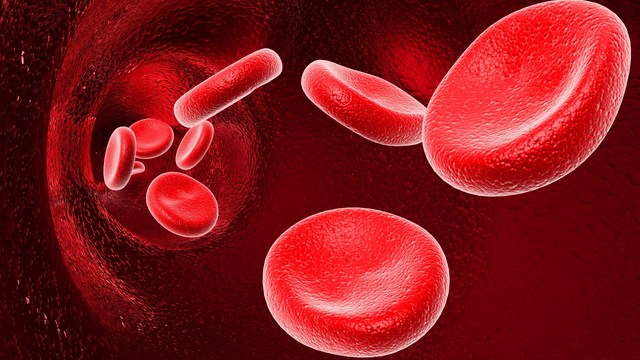There's a little-known fact about childbirth that not many parenting books mention: food is not allowed. Neither were drinks, until very recently. To the inexperienced laborer, this may not seem like a big deal, but to a woman who has been eating for two for the last nine months, a 12-hour fast (the average length of labor for first-time moms) can seem like torture.
The reasoning goes something like this: if a laboring woman suddenly requires a C-section to deliver safely, the anesthesia she receives can put her at increased risk for inhaling regurgitated food and then developing what's called a chemical pneumonia (a process known as Mendelson's Syndrome).
It's a risk that has worried obstetricians and anesthesiologists since the early 1900's when "twilight sleep" (the use of morphine and scopolamine to induce sedation and amnesia in laboring women) first became popular.
However, all of this might change soon. On Wednesday, The Cochrane Library released a new meta-analysis on eating and drinking while in labor. Their review included five relevant studies and over 3,000 delivering mothers, all of whom were considered unlikely to need anesthesia, or at "low risk."
Challenging the almost universal protocol to keep a woman "NPO" (nil per os, or nothing through the mouth) during labor, the review cites evidence to show that there is no benefit or harm to allowing low-risk women to eat or drink while in labor. The problem, as most ob/gyn's will confess, is that it's incredibly difficult to predict which women will be at-risk and which will not. In obstetrics, unlike many other fields of medicine, the environment can go from calm and stable to emergent and serious with the drop of a hat.
This is where the research gets a little hazy. The study's authors acknowledge that more data is needed, especially in higher-risk women, before physicians or medical societies make any official recommendations.
For the American College of Obstetricians and Gynecologists (ACOG), this would mean revising a recent recommendation (August 2009) to allow only clear liquids during labor. The same goes for the American Society of Anesthesiologists, who in 2007, agreed to allow modest amounts of clear fluids (water,pulp-less fruit juice, carbonated and sports drinks) up to two hours before the anticipated start of anesthesia.
Again, every delivery is different and both groups agree that doctors should handle the issue on a case-by-case basis. Morbidly obese women, for example, are at much higher risk of aspiration during anesthesia.
SOURCES:
1. Singata M, Tranmer J, Gyte GML. Restricting oral fluid and food intake during labour. Cochrane Database of Systematic Reviews 2010, Issue 1. Art. No.: CD003930. DOI: 10.1002/14651858.CD003930.pub2.
2. http://journals.lww.com/anesthesiology/pages/articleviewer.aspx?year=2007&issue=04000&article=00027&type=fulltext
3. http://www.acog.org/from_home/publications/press_releases/nr08-21-09-2.cfm
4. http://www.anesthesia-analgesia.org/cgi/content/full/91/4/773





Add a CommentComments
There are no comments yet. Be the first one and get the conversation started!